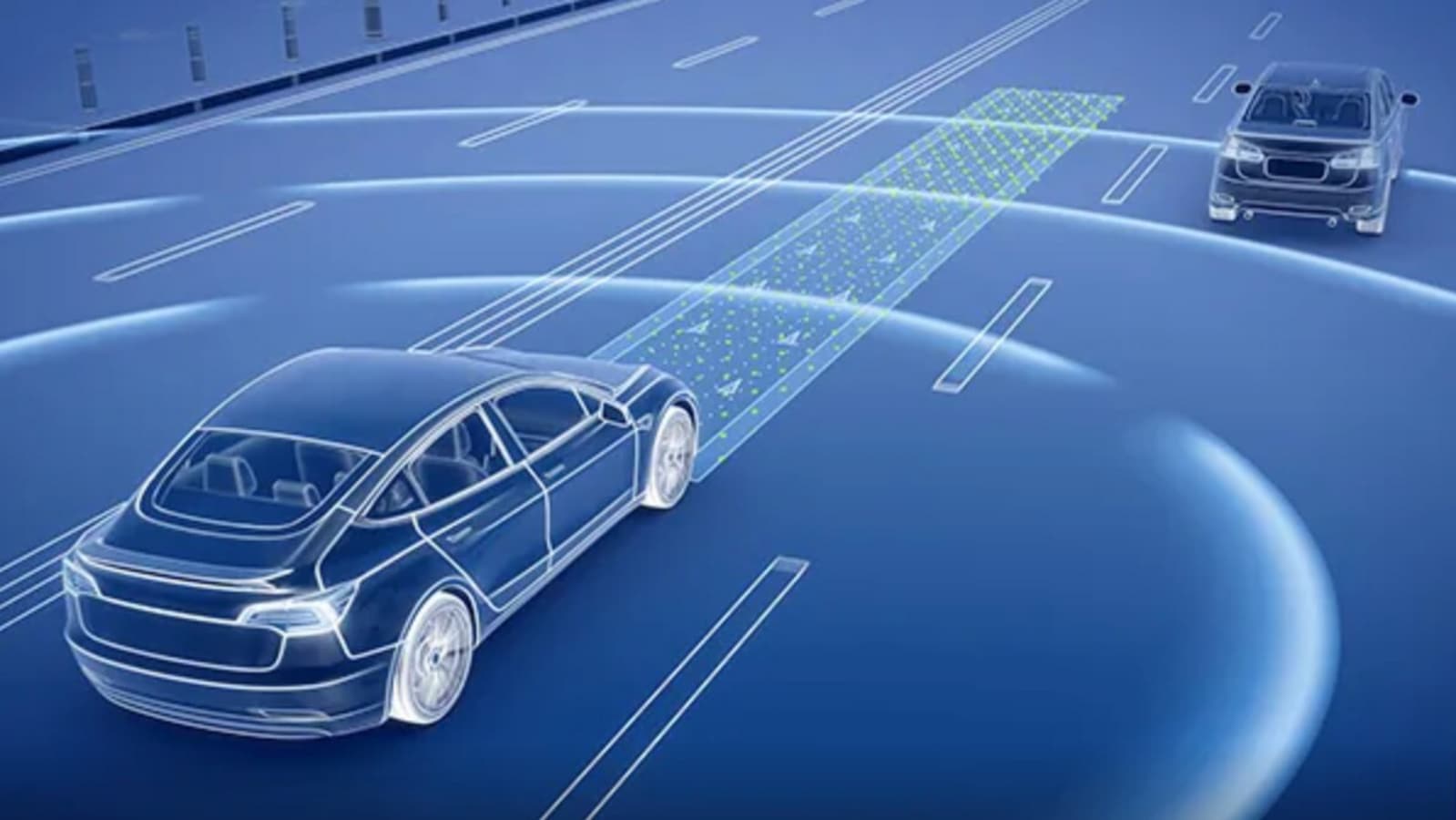- India is a country with a dynamic traffic condition, which makes the use of ADAS attractive as well as challenging at the same time.
ADAS (Advance Driver-Assistance Systems) has been increasingly becoming popular in passenger vehicles in India. Seeing the rising demand for advanced technology-aided safety features, several automakers have been introducing the ADAS suite in their respective cars, even in the mass-market segment as well. In the recent past, we have seen auto manufacturers such as Honda, Hyundai, Mahindra, MG, Tata Motors started offering even the Level 2 ADAS in their respective cars. This software suite comes with a plethora of safety features like forward collision warning, Auto Emergency Braking, Lane Departure Warning, Lane Keep Assist, Adaptive Cruise Control, Smart Pilot Assist, Traffic Sign Recognition and High Beam Assist among others, which altogether enhance the active and passive safety of the vehicles.
While the world of automobiles is gradually advancing towards a future where the vehicles would be able to drive themselves thanks to autonomous driving technology, ADAS offers a certain level of automation and enhanced safety through advanced technology-aided features. India being one of the major automobile markets has been witnessing the increasing penetration of the technology. However, there remains a question. How effective is ADAS for the Indian market? While ADAS features are useful on paper, their real-world implications are tricky.
Also Read : Will ADAS as a technology survive in India?
Congested and dynamic traffic
Indian roads see one of the most congested and diverse types of traffic situations in the world. The urban traffic is dense in the country as well as dynamic in nature due to a wider range of vehicles. Besides motorised vehicles, three-wheeled rickshaws or vans, bicycles make traffic conditions difficult. In many regions, stray animals roam free on roads, making driving more challenging. While many may argue that in Europe and the US as well, there are bicycles on roads, it must be remembered that the traffic conditions in those regions are not as diverse as in India.
Lack of traffic rule knowledge
A large number of car, truck and bus drivers, two-wheeler riders and pedestrians in India don’t even know some of the basic safe driving, riding or commuting norms, let alone follow those rules. Overtaking a vehicle from the wrong side, not using turn indicators and signal violation are only three of many of these. This makes the situation challenging for even experienced drivers, which undoubtedly can make the situation further critical for ADAS, which is usually developed by feeding in a certain set of data. In fact, in the traffic in Indian cities in particular, ADAS can be very irritating, as features like Autonomous Emergency Braking can be triggered frequently due to a wider range of obstacles on roads, especially on narrow roads.
Also Read : Looking for a vehicle with ADAS? Here are top 5 most
Poorly placed road signage
Remember the incident when India’s Union Road Transport Secretary Anurag Jain was reportedly fined thrice earlier this year for speed violations on a stretch in Delhi? That was a classic case of road signage not properly installed or being out of clear vision, as Jain reportedly missed the road signs denoting the speed limit. The road signs denoting speed limits were reportedly blocked by trees and poles. This is just one case of poor positioning of road signs. In many other cities and regions, road signs and even traffic signals as well are often blocked by trees, poles or advertisements. This could make things difficult for ADAS, as the technology suit relies on feeds from cameras, radars and sensors. Besides that lane markings, which are important for a car’s Lane Keeping Assist or Lane Departure Alert features to work properly are nonexistent on many Indian roads.
Almost non-existent lane discipline
While the lack of lane markings is an issue, lane discipline among drivers and riders in the country too is almost nonexistent. While driving on roads and even on national highways or expressways, it is a common sight to see vehicles changing lanes abruptly or not giving lane-shifting indicators. In such cases, Lane Keeping Assist or Lane Departure Alert features may not function properly, as the ADAS-equipped vehicle’s radar will be confused if the vehicle ahead does not keep its lane.
ADAS in India: Useful features or just a tech toy?
The abovementioned challenges make the case pretty complex for ADAS implementation in India. While the ADAS suite is certainly a great feature, keeping vehicular safety in mind, as of date, the implementation of this feature in cars in India seems purely a fancy tech toy with a strong feature list portraying the car as being futuristic. In reality, the usefulness of several features of the ADAS suite would face multi-dimensional challenges.
First Published Date: 14 May 2024, 06:45 AM IST

